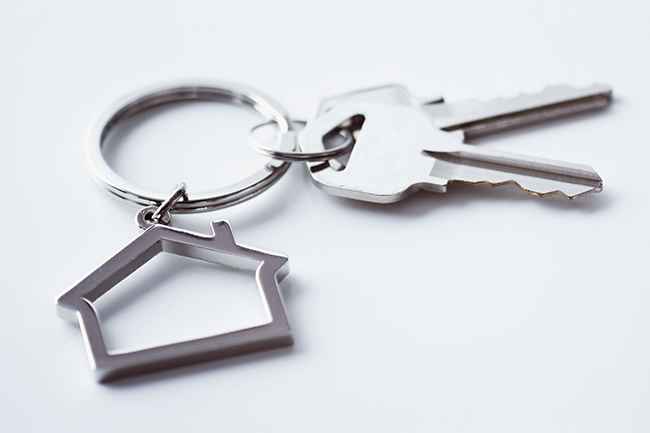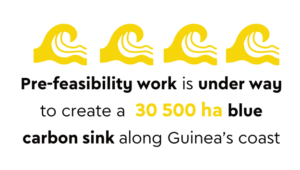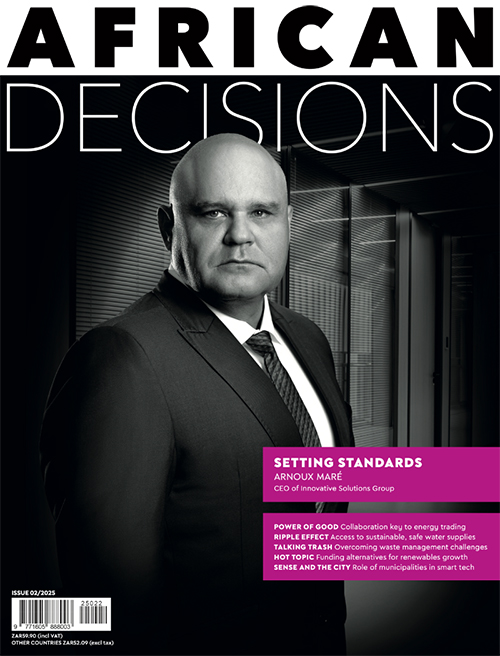If you’re reading this, chances are you either have a home loan or hope to acquire one at some point. Middle-class countries in most of the developed world take mortgage loans for granted. The situation in most of sub-Saharan Africa could not be more different, despite a rapid growth in the middle-class segment across Africa in the last decade.
Joshua Oigara, chief executive officer of East Africa’s largest lender, Kenya Commercial Bank, told Bloomberg last year that mortgage lending in Kenya ‘accounts for about 6% of bank loans, compared with about 25% in South Africa’.
Gross loans and advances across the Kenyan banking sector were KES2.15 trillion (or roughly US$20 billion) as at the end of June. That means home loan advances equate to around US$1.2 billion (or roughly ZAR16 billion).
By comparison, Standard Bank reported mortgage loan advances of ZAR319 billion in June in South Africa. This lays bare the fundamental difference between the home loan market in South Africa versus other sub-Saharan countries.
Oigara also said there were ‘only about 30 000 mortgages’ in the Kenyan market. Yet, Pan-African housing finance agency Shelter Afrique estimates the total housing shortage in Kenya (population 43 million) to fall between 150 000 and 200 000 homes in urban areas, and twice that in rural regions. Developers, both private and public, are providing around 30 000 houses a year.
The prevalence of home loans in a market requires a high level of financial inclusion, in other words, housing finance is difficult when banking is so limited. Just over one-third of adults in the SADC region are (formally) banked. Remove South Africa, Mauritius and Namibia from that equation and the number will be less than a quarter.
A presentation by Kecia Rust of the Centre for Affordable Housing Finance in Africa, delivered in July this year, points out that even in markets with high levels of financial inclusion and advanced banking sectors, ‘mortgage loan penetration is very limited’.
Home loan advances are 22% of GDP in South Africa. In Namibia, that number is 18%. In Mauritius, 13% and after Botswana (at 6.5%), the number drops off significantly. Kenya and Rwanda are at around 3.5% of GDP, with Nigeria and Ghana at closer to 0.5% of GDP. Now, much of that data is from a 2013 report from the World Bank. But it’s hard to see how, even at extreme rates of growth, those numbers for Nigeria and Ghana move much beyond 1%.
The prevalence of home loans in a market requires a high level of financial inclusion, in other words, housing finance is difficult when banking is limited
According to the World Bank’s 2014 Global Findex data, nearly 6% of adults in sub-Saharan Africa have an ‘outstanding home loan’. In Kenya and Ghana, for example, that number is around 12% (it’s just under 10% in South Africa) and it’s around 6% in Nigeria.
How can this be when there are so few mortgage loans on the continent? The difference is that most lending on the continent is in the unsecured space.
It is important to understand how home loans differ to other kinds of lending. Home loans are, by definition, secured. There is a fixed, immovable underlying asset. And, in theory, the price of that asset – the house – does not depreciate over time. Home loans, because of their size, tend to have a very long repayment period (typically between 10 and 20 years). Vehicle asset finance is also secured, but cars are depreciating assets. All other loans (cards, overdrafts, etc.) are unsecured.
To see just how large an impact unsecured lending has in an economy, you need not look much further than South Africa. It is often argued that South Africa is two economies in one: a developed one and an emerging one.
Riaan Stassen, then CEO of South Africa’s fifth-largest retail bank Capitec, told Moneyweb in 2013 he believes ‘that unsecured lending will form a very important part of credit in the future; it has to.’ He made the point that if you consider the number of mortgage loans in the country, ‘it’s really been flat since 2007, at 1.8 million mortgages every year but if you look at the number of new homes that were built – formal housing in South Africa – there’s been a very sharp increase.
‘Our contention is that a significant number of new homes being built [are] using unsecured credit, as well as, obviously, home improvements. So it will form an important part of the [future] credit market. I think the challenge that we’ve got is really to measure that asset quality better, to enable us to reduce the margin between secured credit and unsecured credit from a total cost of credit to the market point of view.’
So we’ve seen the cost of unsecured credit get cheaper in South Africa owing, mostly, to regulation. It’s a pattern repeating itself in the rest of Africa. And while commercial lenders focus on providing (largely unsecured) credit, entities are also being set up in most markets with the explicit mandate of providing housing finance. These are rapidly attracting capital.
The World Bank, as one example, granted a US$40 million loan to develop a housing finance project in Tanzania, which, it reports, created the Tanzania Mortgage Refinance Company that aims to provide longer-term funds to mortgage lenders in Tanzania. However, it is questionable how big an impact US$40 million is likely to have in a US$41 billion economy.
Nigeria set up the National Housing Fund in 1992 to ensure affordable access to home loans. But the Federal Mortgage Bank of Nigeria says that of the 4 million registered contributors to the fund, only 60 000 (or 1.5%) have been able to access mortgage loans. This illustrates the scale of the problem.
‘I think the challenge is really to measure that asset quality better, to enable us to reduce the margin between secured credit and unsecured’
For now, mortgage loans remain a tiny portion of the large retail banks’ lending activity on the continent. The biggest four, Barclays Africa Group, Standard Bank Group, Ecobank and Standard Chartered, don’t split out home loan advances in any detail.
Still, the products are available: South African retail banks operating in markets outside of their home market all offer home loans. Nedbank’s footprint, the smallest of the four, stretches across six countries in the SADC region. First National Bank’s stretches further, into Zambia and Tanzania. Standard Bank and Barclays Africa each operate in about a dozen African countries. There have been whispers of Capitec tiptoeing outside of its home market, but for all of its problems, South Africa remains a massive market.
Sure, all four say the strategy is to ‘grow home loans’ but, given the relative scale, capital allocation decisions will naturally favour products and markets where the return potential is greatest.
Rust argues that ‘mortgage lending is just developing in Africa, [it’s] early days’. Retail banks get this and know it is a (very) long game and that the potential is enormous. Right now, their retail footprint is being built out step by step, market by market. And once someone has a transactional account with a bank, they begin to trust it. Chances are that when the market matures to the point that home loans start becoming more common, they will trust their bank to provide one.
Rust says ‘ultimately, its success will depend on a functioning property market and a housing ladder with enough rungs’. In many countries, even a functioning property market simply isn’t the case.
‘Current new-build supply is too narrowly focused: maybe two or three product brands and insufficient scale,’ she argues. ‘The housing construction value chain itself is underdeveloped, in part because of a fixation on mortgages, for which there is limited affordability.’
The solution is to ‘develop the value chain by reconfiguring the finance moments’. This creates new, previously unseen, opportunities, with ‘more rungs in the ladder’, far ‘better targeting of wider demand’ and a more ‘diverse property market’.
Home loans are but one cog in a very broad, very diverse machine.
















